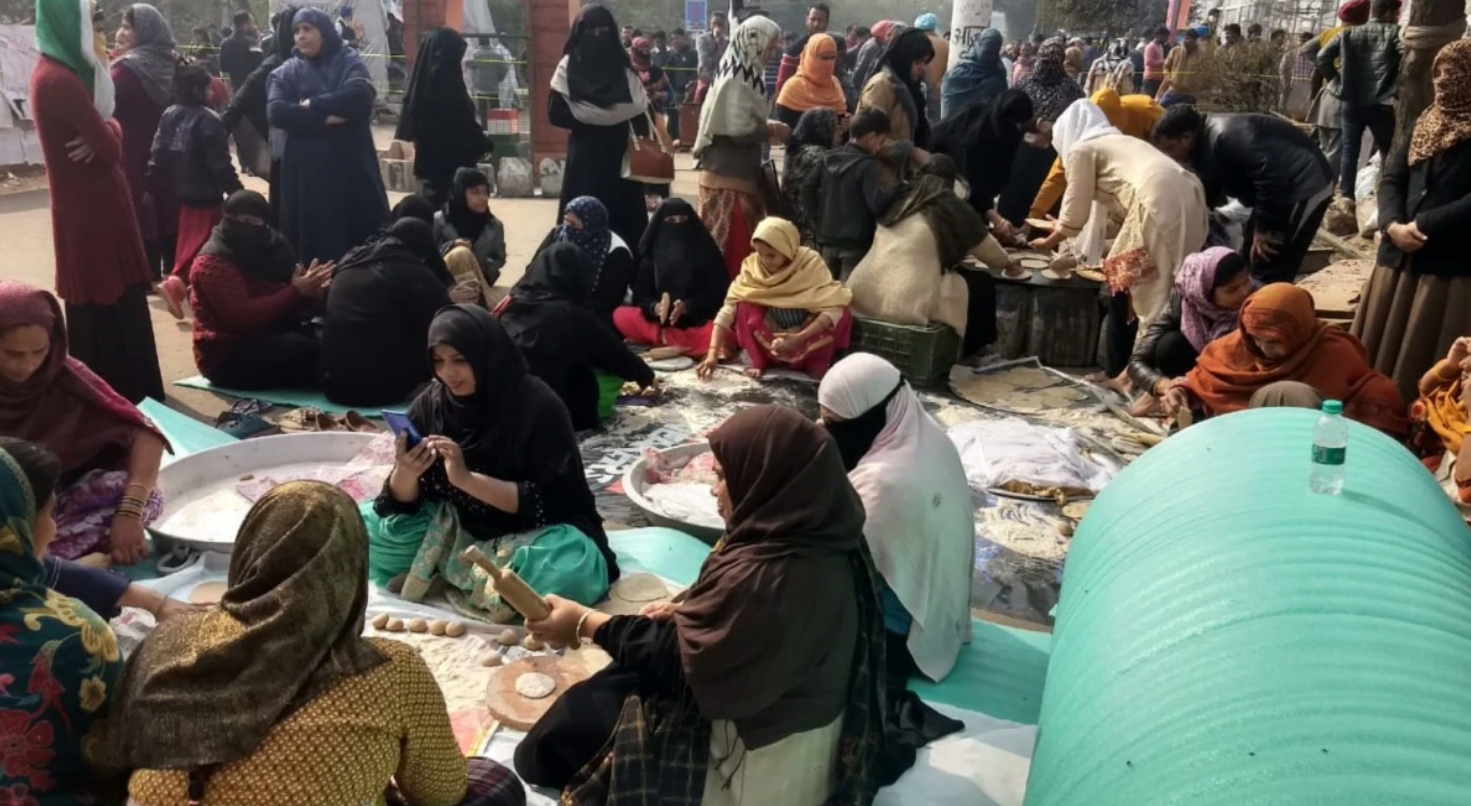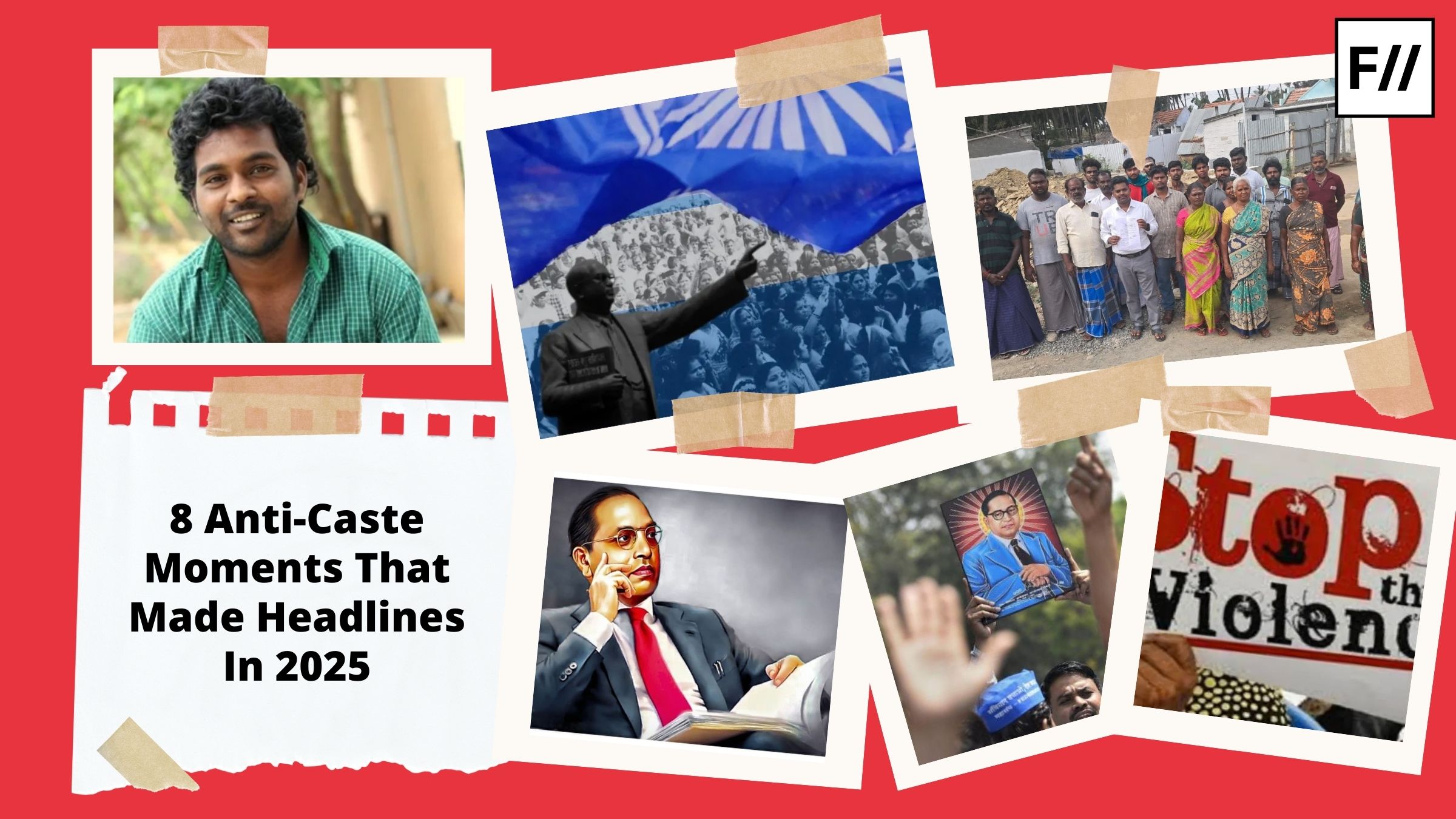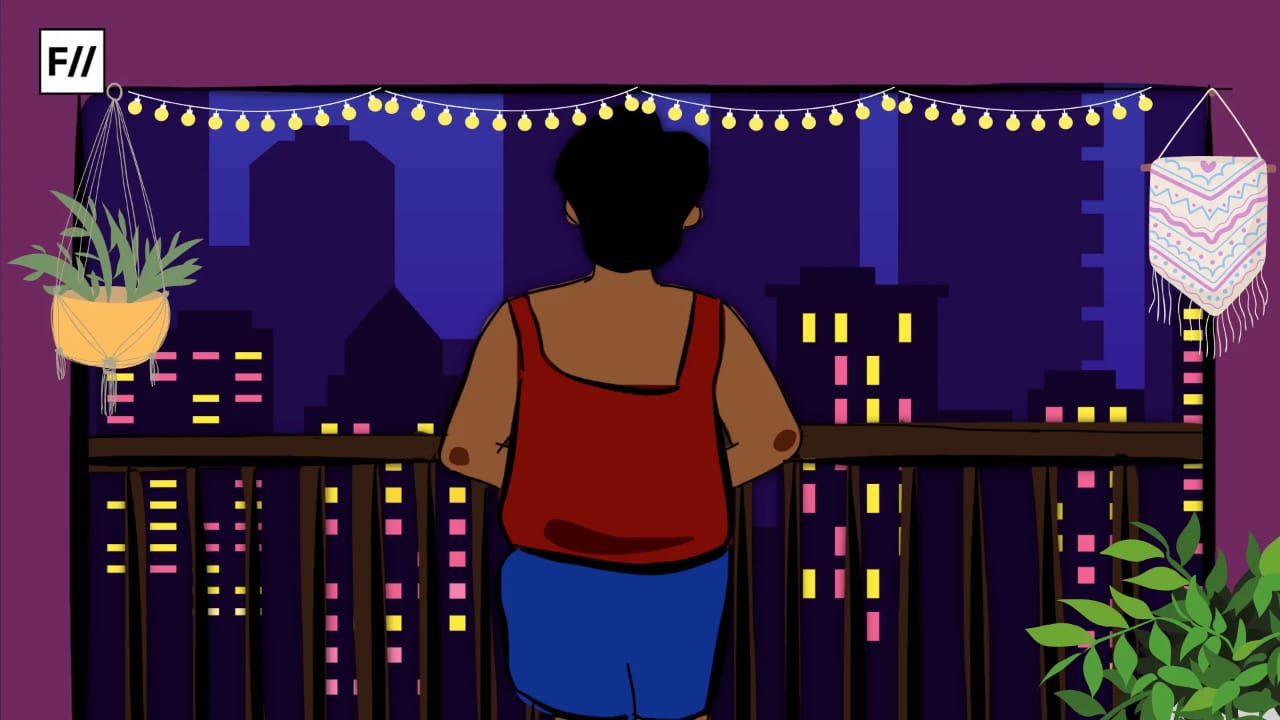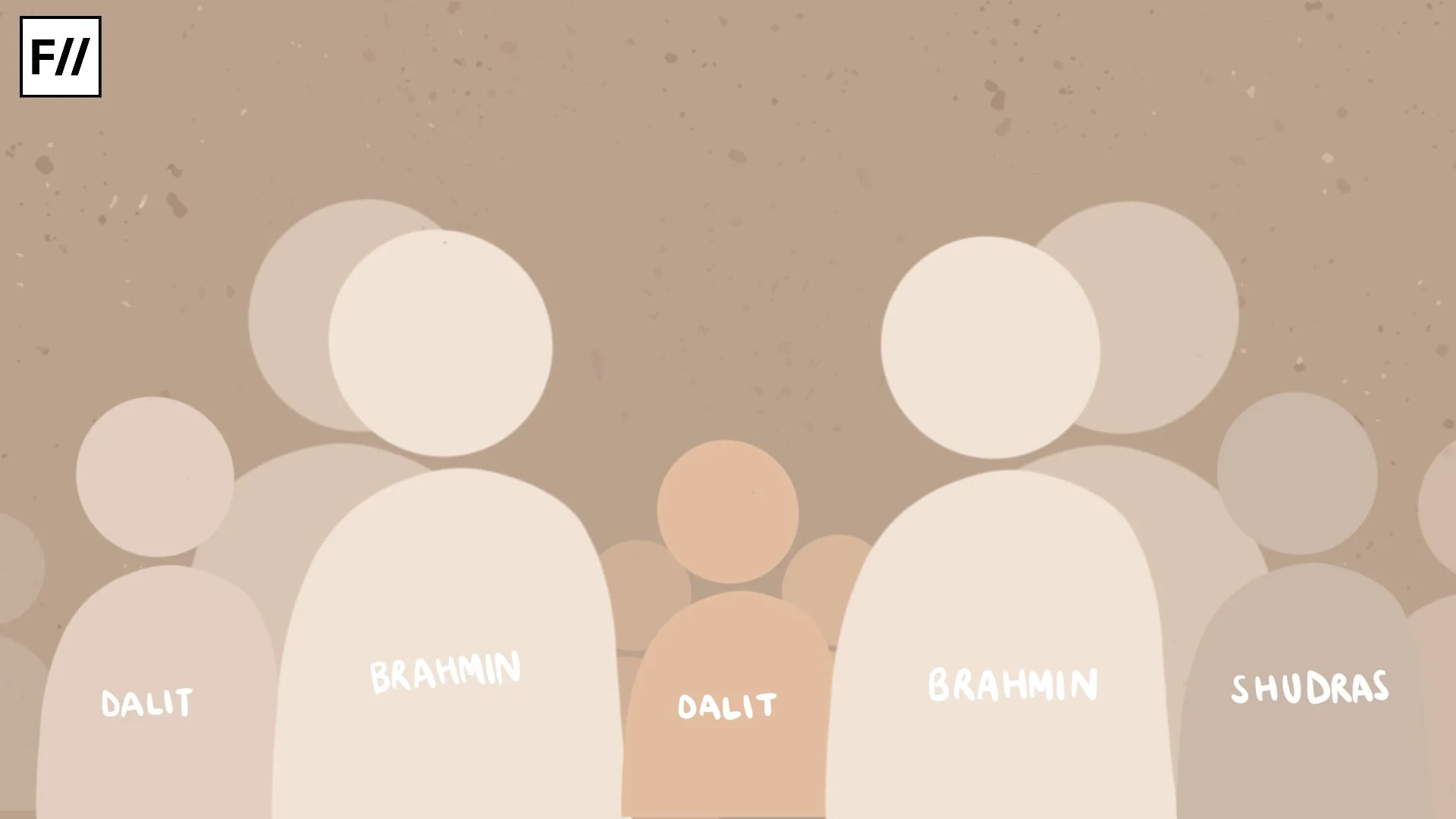Food is undeniably the means and source of oppression for various groups of people. In India, caste discrimination based on the “purity” of food is widespread. While upper-class Brahmins who eat vegetarian food are considered pure and pious, those who eat non-vegetarian food, such as Dalits, Muslims, and indigenous communities, are seen as violent and barbaric. The prohibition on the consumption of beef has only exacerbated this perception. It has resulted in widely reported mob lynchings of those suspected of carrying beef.
In most instances, it is Muslims and Dalit individuals who are subjected to such brutalities. Human Rights Watch’s 2019 report Violent Cow Protection in India: Vigilante Groups Attack Minorities states that 280 people across 20 states were injured due to violence over beef consumption during 2015-2018, and 44 people were murdered – 36 of whom were Muslims. In this manner, human life loses value in the face of dogmatic beliefs and laws that uphold them.
As explained by Veronica Limeberry in her dissertation Eating In Opposition: Strategies Of Resistance Through Food In The Lives Of Rural Andean And Appalachian Mountain Women, such impositions are, in essence, applications of what Antonio Gramsci calls cultural hegemony: “Cultural hegemony occurs when the rulers’ or elites’ perception of appropriate social and cultural behavior and activities is imposed onto the social life and order of everyone else. The dominant group is rewarded with this power due to historical elements of prestige and access to resources, which permit them to control larger portions of wealth (and thus, power).“
She goes on to explain how Raymond Williams goes a step further and elaborates on the fluid nature of hegemony. It is a space full of negotiation, as opposed to simple and direct instances of oppression. “Subordinate groups” can and do find ways to make their resistance evident. So, when food is a medium of oppression, what shape can resistance take? Interestingly, expressions of resistance find a place in a variety of mediums: from organised beef-eating festivals to art and recipe books such as Rajyashri Goody’s Is Hunger Gnawing At Your Belly? dealing with discrimination based on caste and gender.
Goody explains that a recipe book is a particularly hard challenge for a community with a history of illiteracy. In 2003 National Geographic stated that 95 per cent of all illiterate Indians are Dalits. The situation has only grown more dire since – the Asia Dalit Rights Forum, in their 2017 Report, highlighted that the literacy rate for Dalits is 66.1 per cent, compared to India’s overall rate of 73 per cent. It is important to note here that newer figures are unavailable due to a lack of Census data after 2011.
Consequently, Goody says that she did not learn much about caste in school; it was only through interactions with her relatives that she understood the nuances of her lived reality. After all, how can “written documentation of recipes” be available when the joy of eating is absent for Dalit families? The role of food in community building is not alike for Dalit families and those from different backgrounds. The kitchen is not a warm and inviting place, and the food does not always evoke happy memories – it is marred by recollections of violence and discrimination. This is particularly true for Dalit women, for whom cooking is nothing more than a burdensome ritual.

Much of Goody’s art is informed by her experiences of caste discrimination. Her 2019 artwork is based on the practice of Udkala common in Dalit communities – heating the previous day’s leftovers, or combining food scraps collected from the begging bowl. The installation features multiple ceramic pieces, each representing a food item. The piece of art thus comes together to form a plate of multiple food scraps. Another installation, Water Chavdar is made up of paper pulp, ceramics, and more. It is meant to be a homage to the 10,000+ people who marched alongside Dr. B. R. Ambedkar to Chavdar Tank in 1927 to fight for access to drinking water. This protest eventually came to be referred to as the Mahad Satyagraha.
One can’t help but think of Meena Kandasamy’s poem One Eyed. It details the acts of violence faced by a Dalit girl in her school for “daring” to drink water not reserved for her. Such art draws attention to the pervasive problem of access to resources that is taken for granted by society at large. After all, such instances of violence lead to loss of life and dignity, and beat down community consciousness and solidarity.
Goody explains that when she came across Laxman Gaikwad’s autobiography Uchalya, she meticulously “underlined every mention of food and water in the book […] and broke the prose down to fragments that ultimately resemble something between recipe instructions and poems.” This was the process behind the compilation of her cookbook containing Dalit recipes that are dear to not only her but to many Dailt families.
The need for art that is informed by such experiences is immense. Primarily, it functions as a type of historical record that can engage with public consciousness and bring these lived realities to the forefront. It combats the erasure that comes with time and the marginalisation of voices that attempt to challenge the system that punishes them solely for existing.
Moreover, it is the expression of such occurrences directly through Dalit voices that is vital. People from different backgrounds may come together to uphold resistance and disseminate valuable information, but a body of work that speaks to and for Dalit individuals can lend itself to solidifying the foundations of community. This, in turn, helps the next generations to understand their experiences in a language that is created by those who have lived through the same instances of violence.
Food is political: community kitchens and beef festivals
The Vaikom Satyagraha of 1924 is an example of how food and community can sustain resistance. The caste system pervades all facets of life, and this is true for society in Kerala as well. Before 1865, public roads were not accessible to all castes in Travancore. When the High Court lifted this restriction, it was staunchly opposed by the upholders of the caste system, primarily Savarnas. They believed that caste-based division was in adherence with natural law. Eventually, the High Court succumbed to pressure from those who demanded that this order be revoked. As a result, public roads were divided into royal roads, prohibited for those from “lower castes,” and village roads, that could be used by them.
The road from Venaganur to Balamrampuram was on one such village road. Those from the “upper caste” residing in the area were opposed to this allocation, leading to the 1890s bullock protests led by Ayyankali. This agitation then gave rise to the protests for the roads leading to Vaikom temple. Although those roads were village roads, Brahmins in the area did not permit people from “lowered castes” to travel beyond a certain point.
The Satyagraha, however, was not limited to the Vaikom temple roads. It came to serve a larger purpose in the movement for the abolition of caste hierarchies. As the report by the Information & Public Relations Department Government of Kerala states, “The Vaikom Satyagraha aimed to oppose upper caste practices defying government orders and to challenge the government to abolish caste-based restrictions, with Vaikom serving as the movement’s epicentre.“
Interestingly, it is due to the Vaikom Satyagraha that chapati was introduced in Kerala. Sikhs and Muslims were instrumental in sustaining this protest, and the Akali community from Punjab traversed the lands to show their support. They set up community kitchens to prepare and serve food to protestors and anyone who happened to ask for food. The expression of solidarity through this staple of Indian cuisine is heartwarming, and its lasting influence can be felt today. Further, Muslims welcomed the Savarna Jadha into mosques and offered them food and water. Savarna Jadha was a union that was eventually formed by all those who were opposed to the caste-based division of roads, including people from the upper castes.
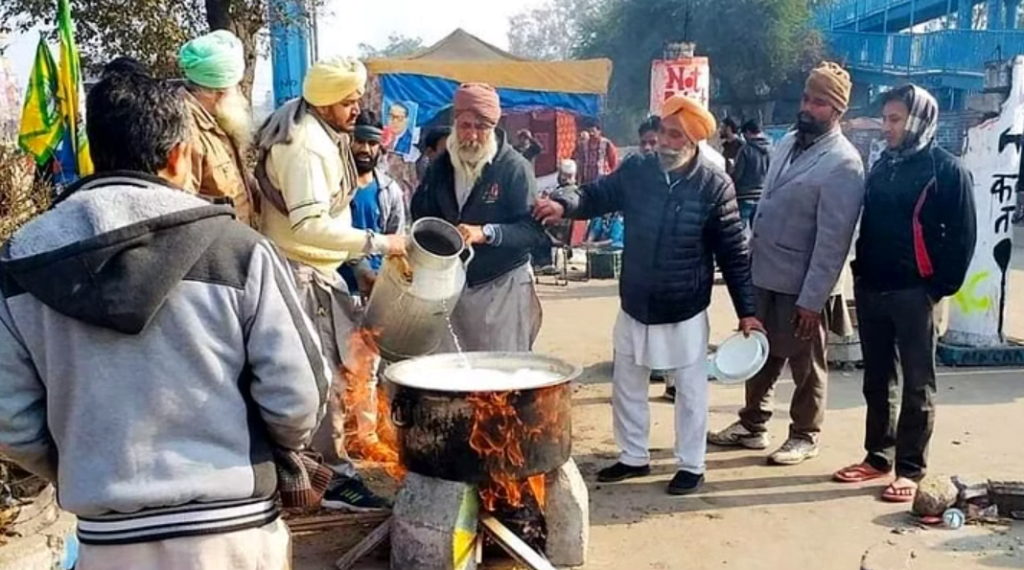
Such kitchens were also present during the CAA protests at Shaheen Bagh and Jamia Millia Islamia. These kitchens served biryani to all protestors and those observing Ramadan fasts were provided with dates to break their fasts. Although remarks about “Muslim food” being appropriate for a “Muslim cause” attempted to strip down the legitimacy of the support the kitchens offered, such overt acts of resistance are important in establishing a collective political stance. If the restriction of food is a means of oppression, the organised consumption of food must serve as the start of an agitation struggle.
This is primarily what organised meat-eating festivals in colleges demonstrate. In 2012, Dalit students of Osmania University set up a ‘beef festival‘ in response to multiple instances of structural violence against Muslims and those from lowered caste communities. The assertion, here, was that certain foods are integral to the expression of several cultures. In this case, the Dalit students demanded the availability of beef in public spaces. They questioned why it was far more acceptable for Hindus to enact violence upon their bodies than it was for people from their community to simply eat. Dalit students in Karnataka also organised similar festivals on Ambedkar Jayanti – a deliberate decision, as a state law bans the sale and consumption of beef on that day.
All forms of resistance are not grand. However, even ones that arise from the simple yet powerful need to survive in an oppressive society deserve recognition. That is precisely why the existence of such community-building exercises and counter-hegemonic assertions in the course of food history is important in a social and political system that actively works towards its erasure.
About the author(s)
Aaliya Bukhary (she/her) is student of Economics student based in Mumbai. She is passionate about merging data analysis with her love for writing, and aspires to empower through information. Aaliya also has a fondness for cats and enjoys listening to Mitski!
